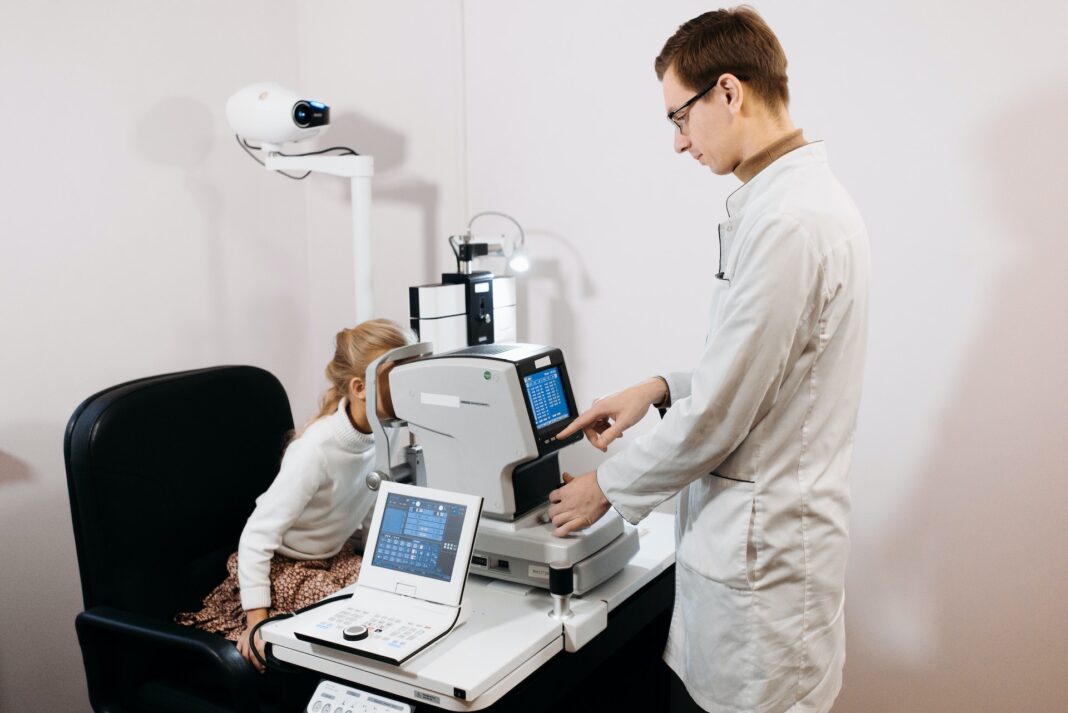Selecting a good optician is a critical decision for maintaining proper eye health and vision quality. The right optician is instrumental in ensuring that one’s vision correction needs are met with precision and care. They should possess not only the technical skills required to craft and adjust eyewear but also the ability to provide a comprehensive service experience, encompassing a thorough understanding of optical science and a proficiency in customer service.
When assessing the capabilities of an optician, it is important to consider their qualifications and the quality of the equipment they use. State-of-the-art equipment and up-to-date knowledge in the field are strong indicators of a commitment to excellence in vision care. A good optician should also offer personalized one-on-one consultation, taking the time to understand the specific needs and preferences of their clients.
Moreover, an optician with a keen eye for the latest trends in eyewear can be an asset for those who consider glasses to be as much a fashion statement as a vision aid. The combination of function and style is essential, with the best opticians able to blend the two seamlessly. Regular eye examinations are recommended to keep prescriptions current and to check for any eye health issues, making a reliable and skilled optician a valuable partner in one’s eye care regimen.
Understanding Optician Credentials
In the quest for a good optician, the seeker must understand the distinction between their certifications and licensing, as well as the value of professional experience.
Certification and Licensing
Opticians are required to hold specific certifications and licenses to practice. The American Board of Opticianry (ABO) certification is a fundamental credential, demonstrating their knowledge in optical principals and eyewear dispensing. Additionally, the National Contact Lens Examiners (NCLE) certification is necessary for those fitting contact lenses. In certain regions, like New York State, opticians must submit an application along with required fees and documents to a governing body, such as the state’s education department, to obtain their license.
Key Steps to Certification:
- Gain relevant education (typically a high school diploma or GED)
- Complete an apprenticeship or internship under a licensed optician
- Pass relevant examinations (ABO and NCLE)
- Apply for licensure with accompanying fees and documents
Passing Rates for Reference:
- ABO Basic Examination: 62.0% (as of 2022)
- NCLE Basic Examination: Varies annually
Professional Experience
Experience is a crucial aspect of an optician’s credentials, offering insight into their practical skills and customer service proficiency. An optician’s hands-on experience is often gained through working under another licensed professional or through dedicated internship programs. This experience not only enhances their technical abilities but also hones interpersonal skills necessary for patient care. A potential patient should inquire about an optician’s professional background to ensure competent and comprehensive eye care services.
Read also: https://www.biketraffic.org/how-to-find-a-good-optician-tips-and-advice/
Evaluating Optician Services
When selecting an optician, it is important to assess the range of services provided, analyze customer feedback, and consider the quality of technology and equipment used.
Range of Services
A good optician offers a comprehensive suite of eye care services. These services typically include, but are not limited to, eye exams, contact lens fittings, and eyeglass prescriptions. They may also provide specialized services such as vision therapy, treatment for eye conditions, or pediatric eye care. Patients should ensure that the optician can cater to their specific vision needs.
Customer Reviews and Testimonials
Customer reviews and testimonials can be telling indicators of an optician’s service quality. Prospective patients should read reviews on various platforms, noting both positive feedback and any recurring complaints. Ratings should generally lean toward the higher end of the scale, and the optician’s responses to negative reviews can demonstrate their commitment to customer satisfaction.
Technology and Equipment
The equipment and technology an optician employs are fundamental to the precision of eye exams and the quality of eye care. Patients should expect that opticians utilize up-to-date, cutting-edge equipment for procedures like digital imaging of the eye, which provides a more detailed view of ocular health. This can include retinal cameras, OCT scanners, and digital phoropters for accurate assessments.
The article was written in cooperation with the experts of Glasson – Optician & Optometry Management Software







